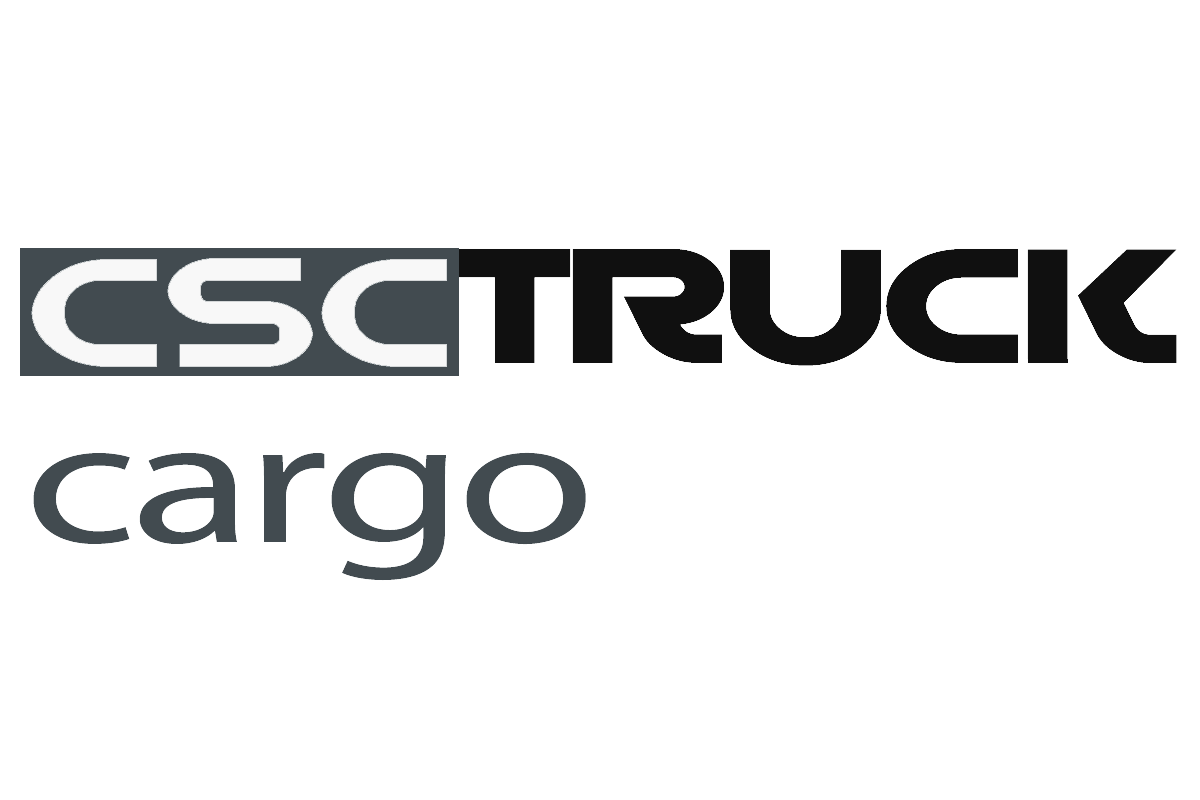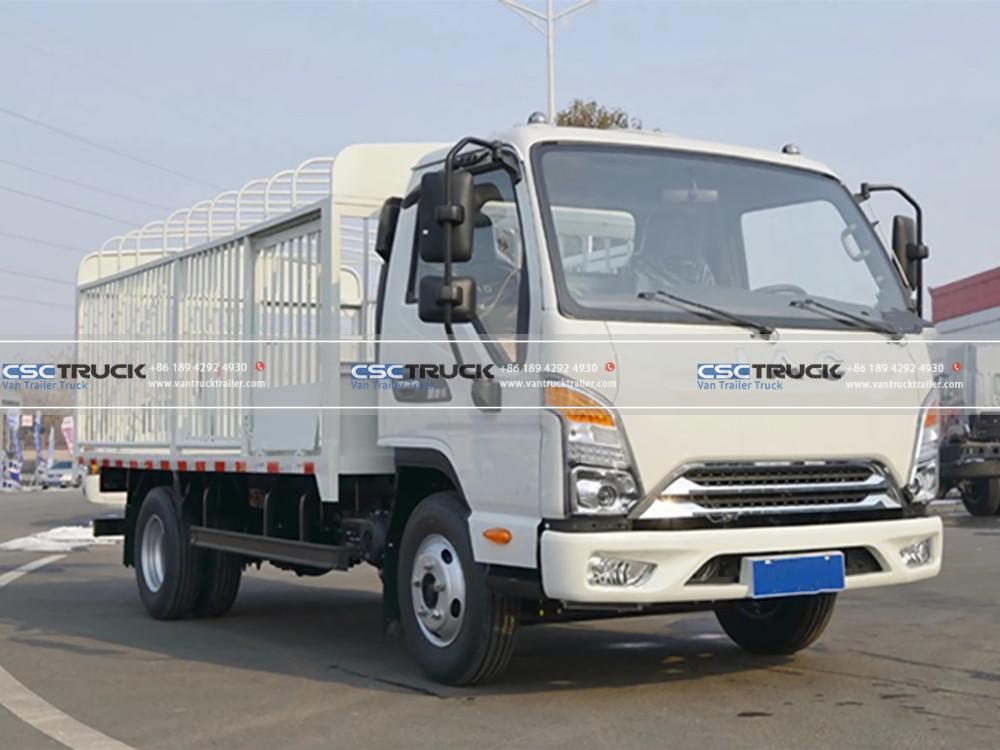1. The Physiology of Transport Stress: Why Welfare Matters
The metabolic cost of transportation manifests within minutes: cortisol levels in cattle surge 400% during improper loading, triggering glycogen depletion that damages meat quality and suppresses immune function for 72+ hours. Studies at Texas A&M’s Animal Welfare Center reveal that stress-induced weight loss during substandard transport can exceed 7% in swine – translating to $47/head revenue loss. Modern livestock trucks combat this through biologically informed design, treating animal transit not as logistics but as a critical welfare phase. The European Union’s 2024 mandate for on-board telemetry monitoring underscores this shift, requiring real-time tracking of respiratory rates, ambient ammonia, and collective restlessness indices – data streams that now inform global best practices for minimizing physiological disruption during mobility.
2. Climate Control: Engineering Micro-Environments
Dynamic Airflow Architecture
Contemporary trailers utilize zonal ventilation systems featuring ceiling-mounted axial fans that generate 1,200 CFM of airflow, while AI-controlled louvers adjust intake/exhaust ratios based on external humidity levels. The patented ClimateArmor™ system used by Smithfield Foods maintains temperature gradients under 2°C across 53-foot trailers, preventing thermal stratification that historically caused hogs to pile in corners.
Humidity Regulation Technology
Condensation-recovery systems capture 22 gallons/hour of moisture during summer transport, channeling it through ceramic desiccant wheels to maintain 40-60% relative humidity – a critical range that reduces respiratory pathogen transmission by 63% according to USDA transit studies.
Emergency Mitigation Protocols
Integrated phase-change cooling panels activate during gridlock, absorbing 300W/m² of metabolic heat when ambient temperatures exceed 32°C. During Australia’s 2024 heatwave, this technology prevented mortality in 98.7% of lamb transports crossing the Nullarbor Plain.
3. Biomechanics of Motion: Flooring and Stability Systems
Anti-Fatigue Floor Engineering
Rubber-composite slats with 12° slope tolerance provide continuous hoof support, distributing weight across keratin-sensitive pressure points. Trials at Germany’s Institute of Animal Welfare show slip-resistance coefficients of μ=0.85 reduce cattle falls by 91% versus traditional metal grates.
Active Suspension Compensation
Hydro-pneumatic leveling systems detect pitch/roll within 0.3 degrees, automatically adjusting air-ride suspensions to maintain platform stability. This eliminates compensatory muscle fatigue – a phenomenon where livestock expend 18% more energy bracing during conventional transport.
Behavioral Zoning Configurations
Retractable partition walls create dynamic social groups aligned with species-specific ethograms. Pork producers using SmartPen™ technology report 57% fewer aggression incidents by separating unfamiliar sows during transit while maintaining visual contact to prevent isolation stress.
4. Operational Protocols: Bridging Engineering and Handling
Pre-Transport Conditioning
Progressive farms implement acclimatization training where animals enter mock trailers for 20-minute sessions with variable-frequency vibration to desensitize them to road harmonics. This reduces loading resistance by 78% at JBS facilities.
Biometric Loading Algorithms
Infrared thermography cameras scan animals pre-loading, flagging individuals with elevated body temperatures for last-in placement near ventilation inlets. Cargill’s implementation decreased heat stress morbidity by 42%.
En Route Welfare Checks
Mandatory stops integrate automated hydration stations with RFID-tagged lick valves dispensing electrolyte solutions, while overhead scanners detect lameness through gait asymmetry – triggering alerts for veterinary intervention.
5. Digital Welfare Assurance: IoT and AI Integration
| Monitoring Technology | Welfare Parameter | Industry Impact |
|---|---|---|
| LIDAR Density Mapping | Space allowance compliance | Reduced bruising by 31% |
| Methane Laser Sensors | Digestive distress detection | Early intervention alerts |
| Ultrasonic Vocalization | Distress call analytics | Stress reduction protocols |
| Micro-vibration Analysis | Muscle tremors monitoring | Journey duration optimization |
The TransportGuardian™ platform synthesizes these inputs into a real-time welfare score transmitted to regulators and buyers – creating auditable welfare chains for premium markets like the EU’s Animal Transport Compliance scheme.
6. The Integrated Livestock Logistics Ecosystem
True welfare optimization emerges when livestock trucks synchronize with support fleets. A climate-controlled cargo truck transforms into a mobile veterinary station, equipped with ultrasound scanners and blood analysis modules for en route diagnostics, while its refrigerated pharmaceutical compartment maintains vaccines at precise 2-8°C stability. Simultaneously, a converted box truck serves as a hydration and nutrition hub, carrying metabolically balanced gels that maintain rumen pH during extended journeys and automated misting systems for tropical transits.
Consider Australian Cattle Exporters’ live export operations: livestock trucks transmit real-time respiratory metrics to accompanying box trucks, which adjust electrolyte formulas based on sodium loss rates detected in saliva sensors. Behind the convoy, a cargo truck configured as a mobile abattoir stands ready for ethical emergency slaughter – though its deployment has decreased 89% since implementing predictive stress analytics. This integrated approach extends welfare beyond transit: upon arrival, trucks dock with rotary unloading ramps aligned with reception facilities’ light-diffusing tunnels that minimize disorientation. The telematics data gathered during transit now informs precision feeding programs, with journey stress profiles determining post-transport vitamin regimens – completing a welfare continuum where mobility becomes not a stressor, but a scientifically orchestrated phase in the animal’s lifecycle.

